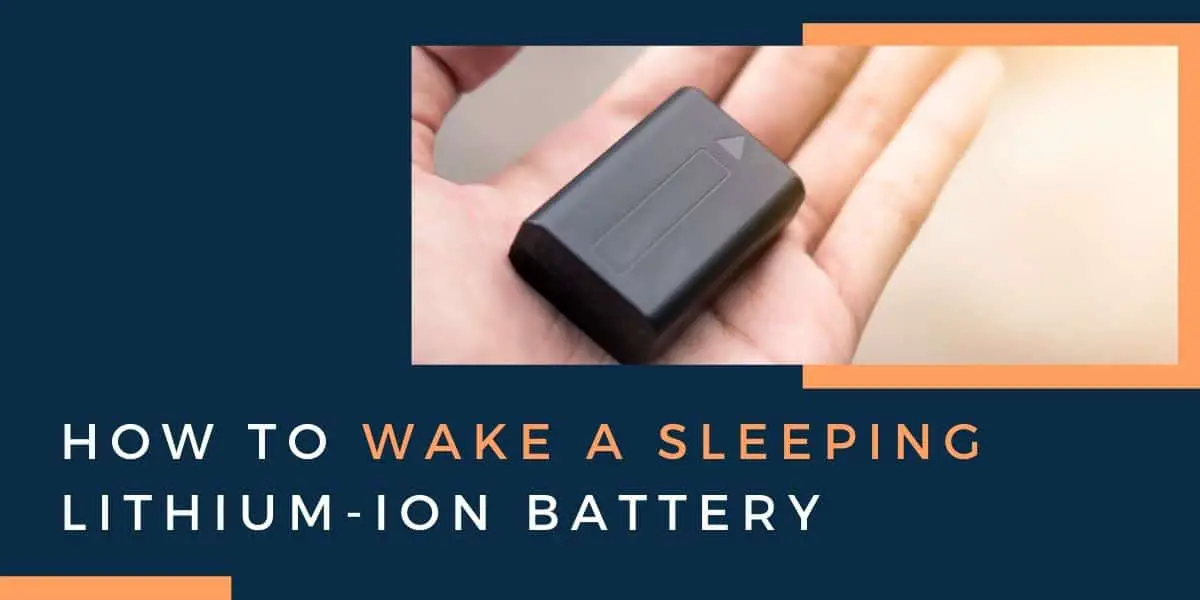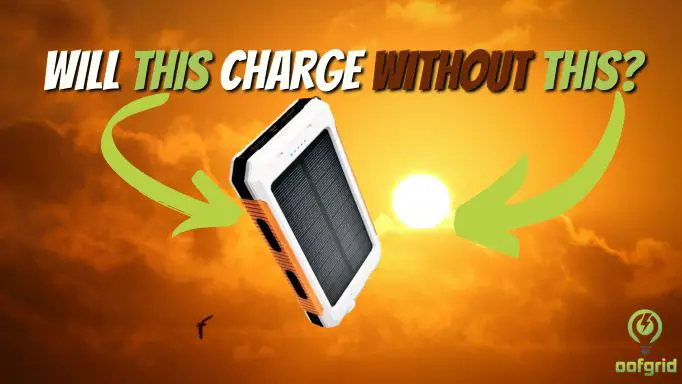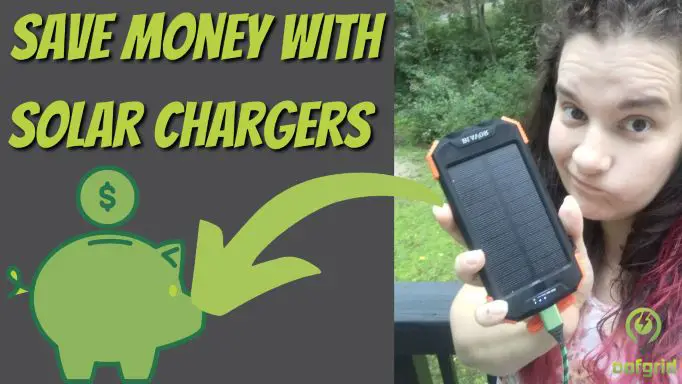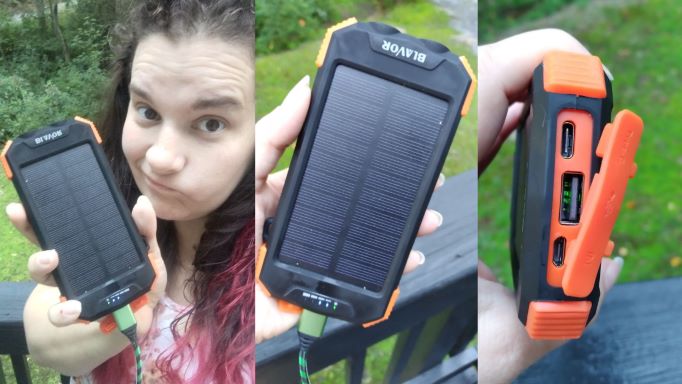Lithium-ion battery technology is leaps and bounds better than older battery tech (like nickel cadmium, for example).
For starters, lithium-ion batteries are a lot more efficient, a lot lighter weight, and are generally able to provide more consistent power than nickel cadmium batteries ever could.
On top of that, though, is a neat little safety feature built into lithium-ion batteries that no NiCad ever featured.
We are talking about the built-in protection circuit that shields lithium-ion batteries from over discharging, helping to protect them from long-term damage by “sleeping” lithium-ion batteries if they haven’t been charged in a long time.
The only trick is figuring out how to “wake up” lithium-ion batteries after they slip into this state, which is exactly what we are going to dig deeper into in the rest of this detailed guide.
Shall we get right to it?
Contents
Why Do Lithium Ion Batteries “Fall Asleep” to Begin With?
As highlighted above, lithium-ion batteries have a protective circuit built right into the batteries themselves that help prevent the batteries becoming completely depleted and unable to be charged at all in the future.
One of the biggest problems with NiCad batteries happened when they had been put away for long-term storage, had been given a charge at all, and were effectively dead completely – unable to be revived without being taken apart, totally refurbished and rebuilt, and then recharged from scratch.
With lithium-ion batteries, though, the moment that these batteries slip below a voltage of between 2.2 V and 2.9 V (per battery cell) they slide into that sleep mode we’ve been talking about.
This mode protects the batteries, protects the cells, and allows you to reactivate the battery later down the line in a way that was impossible previously.

Step-By-Step Guide to Waking Up Sleeping Lithium Ion Batteries
Now that you better understand the why behind this “sleep mode” built into lithium-ion batteries it’s important to go over the actual step-by-step process for waking them up.
Check the Voltage
To begin with, you need to confirm that your lithium-ion batteries have at least some charge still in them.
As highlighted earlier, different manufacturers will cause these batteries to going to sleep mode at different voltage levels. Some shut things down when your lithium-ion batteries hit 2.9 V per cell, others shut off around 2.2 V per cell, and others still are going to shut down and going to sleep mode somewhere between these extremes.
As long as you are able to check voltage on your battery and confirm it’s still within this window you shouldn’t have to worry about the battery actually being dead at all. As long as you still have a bit of juice in the battery you should be able to wake it up.
Use a Battery Charger with a “Wake Up” Feature
The easiest way (by far) to wake your lithium-ion battery up after it has gone into sleep mode is to use a battery charger that includes a BOOST or WAKE UP feature built right in.
These chargers immediately recognize the voltage of the battery that you are looking to power back on and send a small charge current throughout the battery to activate the protection circuitry itself.
If the right voltage is reached the charger is going to then trigger the normal charging process, helping to bring your battery backup to 100% full (though doing so a little slower than it would have with a battery not in sleep mode).

At the same, if you have put away a battery and it’s been at or below 1.5 V per cell for seven days or longer it’s important that you DO NOT use a charger with BOOST or WAKE UP capabilities.
In these situations the battery may have started to develop copper shunts inside of the individual cells. These shunts could cause electrical shorts to spring up throughout the battery, creating an instability issue that would (at the very least) produce a lot of excessive heat – and sometimes even cause the battery to explode.
Send the Battery Off to Be Serviced Professionally
If you have a lithium-ion battery that you’d like to after it’s gone below that 1.5 V personnel measurement we highlighted above it’s not a bad idea to send it off for professional servicing.
Battery reconditioning organizations, manufacturers of that battery specifically, and other electronic wizards with experience reconditioning these kinds of batteries should be able to help.
Yes, this approach is (usually) a lot more expensive than boosting – but it’s also not going to put you at real risk for serious bodily harm (or worse), either.
Always Charge Lithium Ion Batteries Before Long Term Storage
At the end of the day, it’s critically important that you fully charge any lithium-ion batteries that you are going to be storing for longer blocks of time.
Get those batteries up to 100% charge before disconnecting them and putting them in storage and you’ll (likely) not have to worry about triggering the sleep mode in the first place.
Lithium-ion batteries pull charges very well overextended amounts of time in normal conditions, allowing you to skip the wake-up process altogether if they been pre-charged before storage.
- What Size Generator to Run an Air Conditioner
- What Happens to Solar Power When Batteries Are Full?
- Can I Leave a Solar Trickle Charger on All the Time?
- Ozone Generator for Water Purification
- Do Solar Power Phone Chargers Work? | Are They Worth it?
References
https://batteryuniversity.com/learn/article/low_voltage_cut_off
http://www.benzoenergy.com/blog/post/awaken-a-sleeping-li-ion-battery.html
http://www.rosebatteries.com/pdfs/Alexis-battery-white-paper.pdf
https://www.large.net/news/86u43ny.html
https://sciencing.com/revive-lithium-ion-batteries-5982537.html
https://www.quora.com/How-do-you-recondition-or-awaken-a-sleeping-lithium-ion-battery






